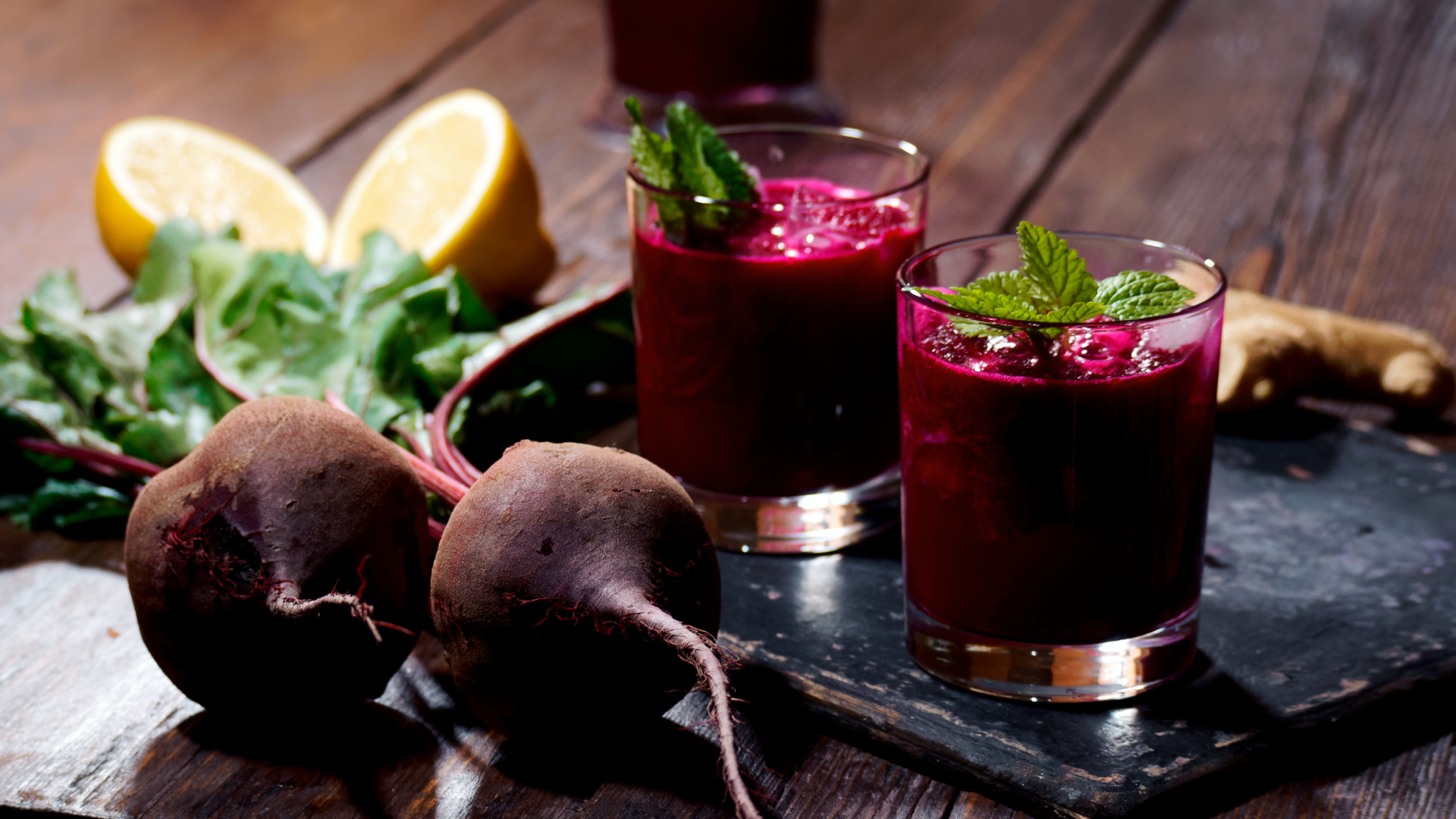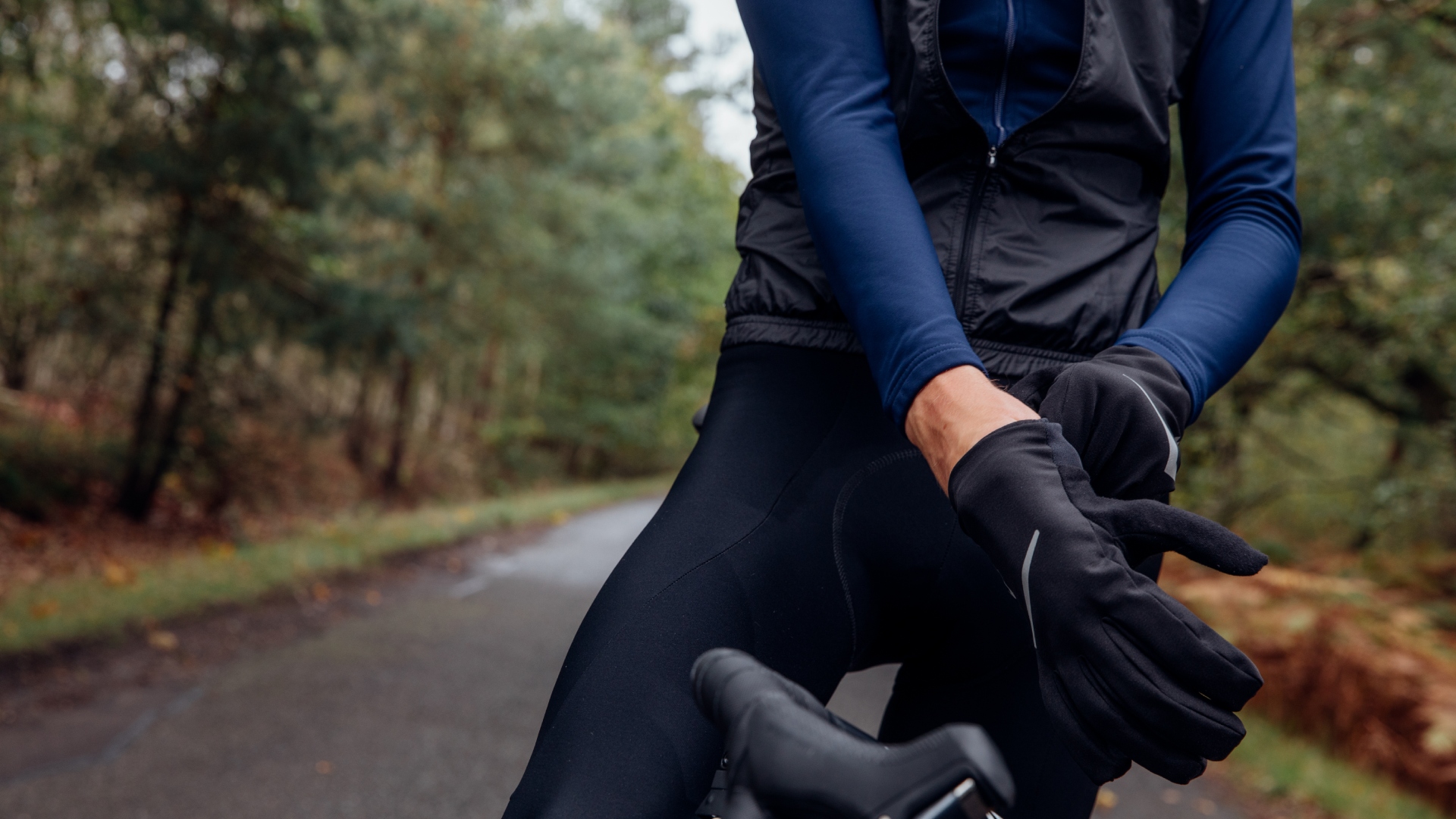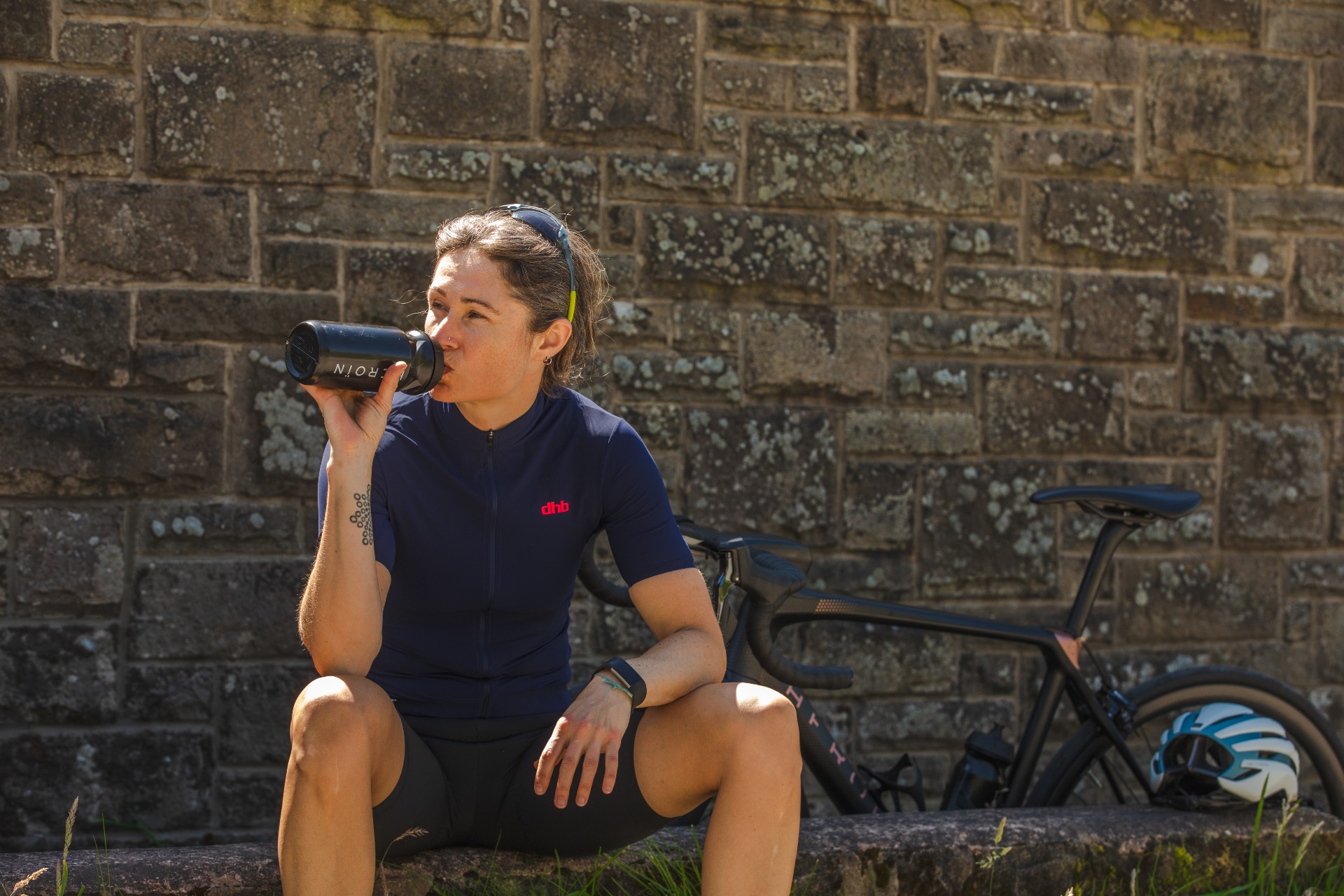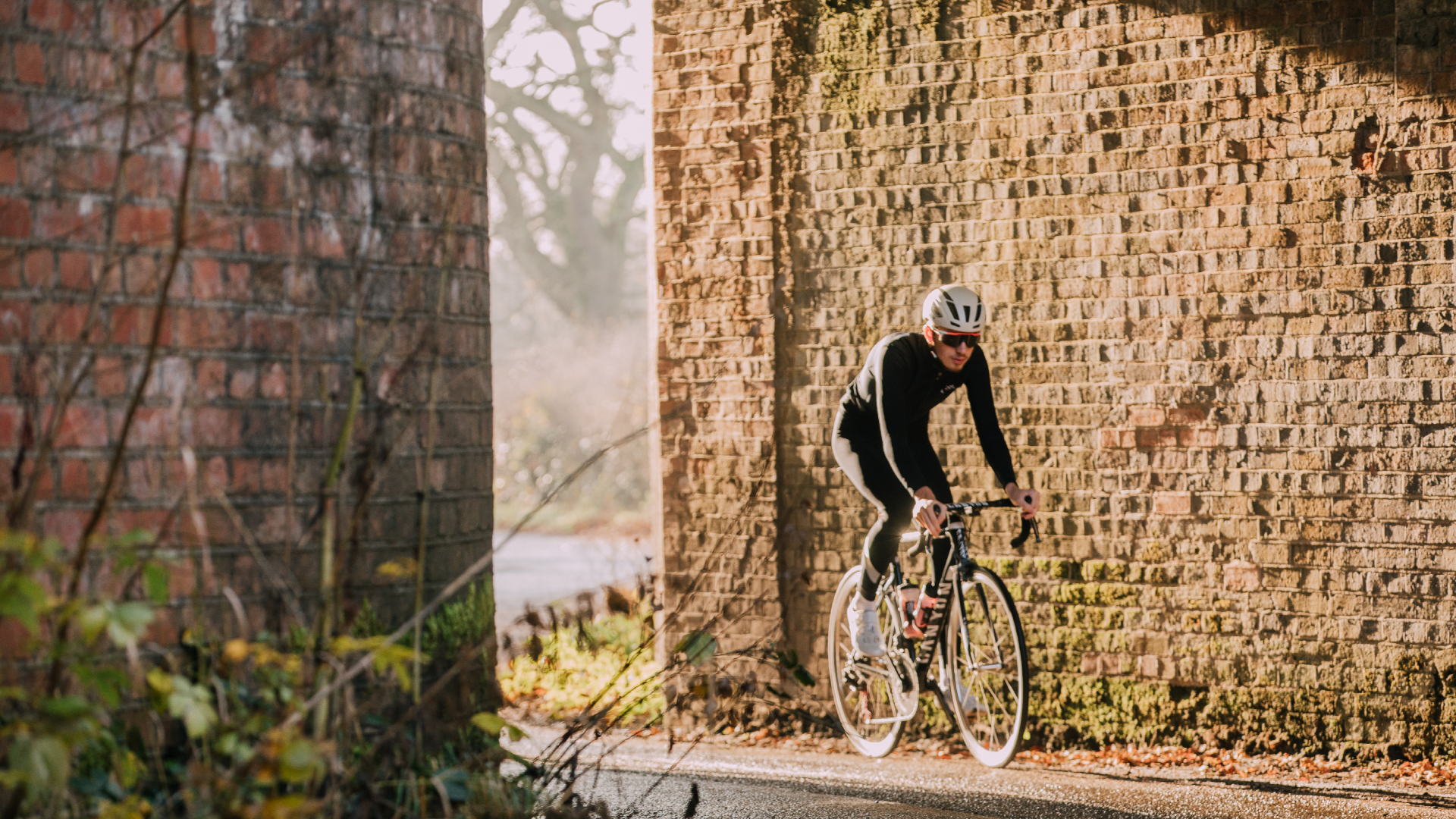Struggling on steep hills? New study finds dietary nitrate - as found in beetroots - helps to improve muscle torque
Already widely held as a ‘superfood’, could this be yet another string to the beetroot’s bow?


There’s a variety of so-called ‘superfoods’ which periodically do the rounds. Of those, beetroots seem to have a particular tendency to crop up with a certain regularity - that deep-purple, root vegetable has previously been associated with an increased oxygen uptake by the muscles and blood pressure attenuation.
Even so, new ground is still being broken: a new study by a team from the University of Exeter, UK has shown - “for the first time” - that “skeletal muscle rapidly takes up dietary NO₃ ⁻ … [and is] associated with enhanced torque production during maximal intermittent muscle contractions.”
That is quite a mouthful, so let’s unpack it a bit. The idea is that by incorporating more nitrate into your diet, the amount of nitric oxide available to your body increases proportionately. Now, having more nitric oxide available to your body is associated with enhanced exercise performance (although we won’t get into the exact mechanism just here).
Tying that all together, we have the fact that beetroots are a good source of nitrate (other sources of nitrate are available…) and, extrapolating from the results of this study, should therefore provide a boost to your physical performance.
Or more specifically, dietary nitrate was associated with a “7 per cent greater … mean muscle torque production” - which is a sentence which itself could do with some unpacking.
With the ever increasing ubiquity of the best power meters, most cyclists are comfortable with quantifying their performance in watts, but that unit is just torque multiplied by cycling cadence.
To increase your watts (power), you can either press harder on the pedals (torque) or turn the pedals faster (cadence) - or, of course, you could do both at the same time. But although an increase in torque equates to an increase in power (assuming cadence is held the same), there are situations - such as steep hills - where more torque specifically is required to hold yourself at a constant speed.
Get The Leadout Newsletter
The latest race content, interviews, features, reviews and expert buying guides, direct to your inbox!
So, that’s a (very brief) explanation of torque and how it applies in the context of cycling. But let’s get back to the fundamentals and, similarly briefly, cover how the study was actually conducted.
First off, the test was randomised and placebo controlled. The ten healthy volunteers would consume the potassium nitrate solution or the placebo potassium chloride solution and would perform 60 “maximal intermittent contractions of the knee extensors” and samples of the participants’ “muscle, plasma, saliva and urine” were taken to be analysed.
The finding was that muscle nitrate (NO₃ ⁻ specifically) saw a four-fold increase after the active dose was consumed and “mean muscle torque production was ~7 per cent greater”, relative to the placebo. It’s worth highlighting that a sample size of ten is quite small, so we’ll be keeping an eye out for subsequent studies and whether these results do get repeated.
For now, though, that’s potentially one more extra string to the bow of beetroots - and leafy green veg more generally - as a useful supplement for cyclists.

Thank you for reading 20 articles this month* Join now for unlimited access
Enjoy your first month for just £1 / $1 / €1
*Read 5 free articles per month without a subscription

Join now for unlimited access
Try first month for just £1 / $1 / €1

I’ve been hooked on bikes ever since the age of 12 and my first lap of the Hillingdon Cycle Circuit in the bright yellow kit of the Hillingdon Slipstreamers. For a time, my cycling life centred around racing road and track.
But that’s since broadened to include multiday two-wheeled, one-sleeping-bag adventures over whatever terrain I happen to meet - with a two-week bikepacking trip from Budapest into the mountains of Slovakia being just the latest.
I still enjoy lining up on a start line, though, racing the British Gravel Championships and finding myself on the podium at the enduro-style gravel event, Gritfest in 2022.
Height: 177cm
Weight: 60–63kg
-
 'I've bought four kilos of Haribo just in case' - Meet Dr Sarah Ruggins, who has gone from paralysis to aiming for the LEJOGLE record
'I've bought four kilos of Haribo just in case' - Meet Dr Sarah Ruggins, who has gone from paralysis to aiming for the LEJOGLE recordCanadian is aiming to take the overall record for Lands End to John O' Groats to Lands End, which currently stands at five days, 18 hours
By Adam Becket
-
 The sun's out and so am I: why there's no shame in being a fair-weather bike rider
The sun's out and so am I: why there's no shame in being a fair-weather bike riderLet's be honest, rain and riding bikes don't mix well – there's nothing wrong with waiting for the sun
By James Shrubsall
-
 Riding with Raynaud’s: How to beat cold hands and feet over winter
Riding with Raynaud’s: How to beat cold hands and feet over winterSymptoms of Raynaud's syndrome extend far beyond simply having chilly hands and feet, our experts guide you through the how-to on making winter riding bearable despite the disease
By Lexie Williamson
-
 Does riding in the cold always have to slow you down?
Does riding in the cold always have to slow you down?Recent research reveals that starting a ride cold can decimate endurance. James Witts examines how rolling out toasty boosts staying power
By James Witts
-
 Forget 'new year, new me': 31 realistic, bitesized new habits for 2025
Forget 'new year, new me': 31 realistic, bitesized new habits for 2025Small adjustments to your daily routine can have a big impact on your cycling fitness. Lexie Williamson lists 31 good habits, one for each day of January
By Lexie Williamson
-
 'My riding companion proceeded to fragment into countless tiny particles and dissolve into the night sky — I was hallucinating': Inside a 500km ultra ride
'My riding companion proceeded to fragment into countless tiny particles and dissolve into the night sky — I was hallucinating': Inside a 500km ultra rideKeen to test the limits of his well-matured endurance, Steve Shrubsall hurls himself headlong into a 500km ultra-endurance adventure across England's North and South Downs
By Stephen Shrubsall
-
 Hot weather cycling: 6 tips to help you keep your cool
Hot weather cycling: 6 tips to help you keep your coolA spell of hot weather needn't stop you enjoying your riding, as long as you take some precautions to prevent over-heating and dehydration
By Anna Marie Abram
-
 21 ways to get your season off to a flying start
21 ways to get your season off to a flying startMotivation is key: achievable, aspirational goals with clear checkpoints is a great place to start. Structured training, bike servicing and joining a club will all help set you on the right trajectory, too
By Charlie Allenby
-
 Eight-step guide to crafting your achievable goal this year, according to a cycling coach
Eight-step guide to crafting your achievable goal this year, according to a cycling coachHow to come up with a target you can hit - plus some pointers on how to stay on track
By Chris Marshall-Bell
-
 Why is everyone talking about Zone 2 training? Tadej Pogačar, or rather his coach, is responsible - here’s why
Why is everyone talking about Zone 2 training? Tadej Pogačar, or rather his coach, is responsible - here’s whyThe cacophony of praise for Zone 2 training of late left Chris Sidwells scratching his head. So he decided to find out what all the fuss was about
By Chris Sidwells